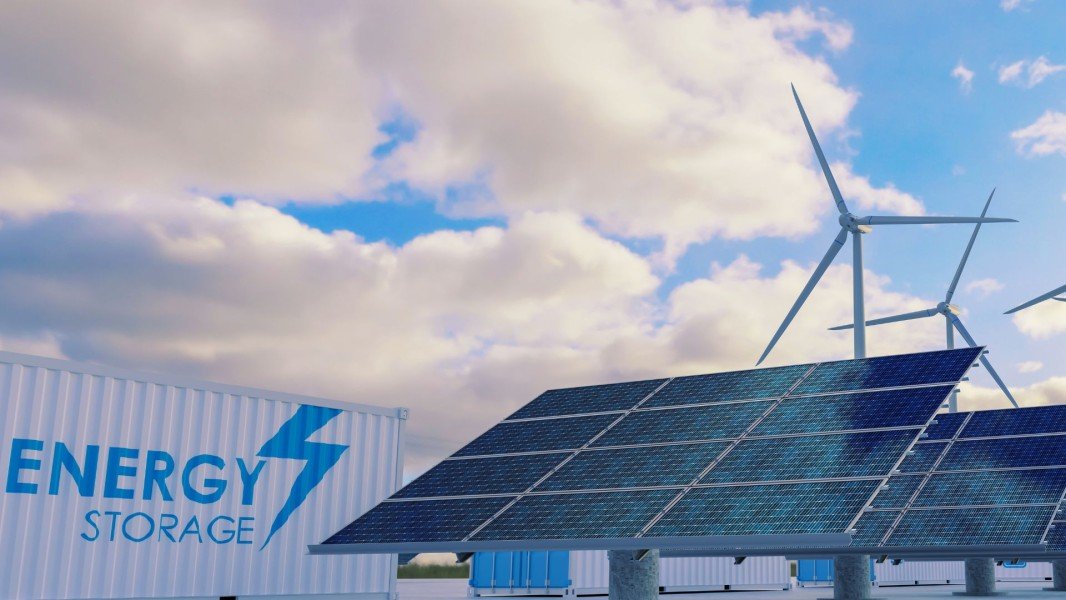
Drawbacks of Ground-Mounted Solar
There are also drawbacks to ground-mounted solar systems compared to rooftop solar, but whether or not they outweigh the benefits depends on your situation.
Land Required
The most obvious drawback of a ground-mounted system is that it requires available land, making it more suitable for rural or suburban settings than for urban ones. A ground-mounted solar system capable of generating enough electricity to meet the average needs of an American household would need roughly 1,000 square feet of open space with unobstructed sun.Potential Environmental Impact
There are over 8 billion square meters of rooftops in the United States already available and suitable for installing solar panels, capable of doubling the country’s current electricity generating capacity. No extra land needs to be made available. In terms of land use, the potential environmental impact of rooftop solar is minimal.
For a typical ground-mounted solar array, land needs to be cleared of vegetation, graded, then covered with gravel prior to construction. Sacrificing pristine lands with a high environmental value is not only costly in terms of time lost to the permitting, public approval, and potential litigation, but costly as well to the biodiversity of the local environment.
Siting ground-mounted solar projects on marginal lands like brownfields or other disturbed or contaminated lands can limit their environmental impact.It is also possible to mount solar panels high enough to make room for agrivoltaics, which combines solar panels with agriculture, where the panels can support crop-growing and provide shade for grazing animals. Increasingly, U.S. states are introducing renewable energy siting tools to guide the environmentally friendly development of ground-mounted solar projects.
Home Resale Value
While data from from Zillow found that houses with solar panels can sell for up to 1.4% more than comparable homes without them, Zillow did not specify if the panels were rooftoop or ground-mounted. A ground-mounted system may turn away potential buyers who want to use the property for other purposes.
Extra Permitting
A rooftop solar system may fall under “permitted development” in certain municipalities. But because it is a new use of property, a ground-mounted systems may require an application to local zoning, environmental, or planning authorities for permission, depending on the system’s size, height, and of course, local regulations.
Extra Wiring
Ground-mounted systems need longer wiring to connect the panels to the home. Those extra wires may need to be buried to protect them from squirrels or other animals munching on them.

Costs of a Ground-Mounted Solar System
On average, a solar system is about $2.77 per watt, so a 10 kilowatt system (enough to power the average American household) would cost $27,700, including installation. The upfront costs of a ground-mounted system are greater, because they include the cost of a concrete foundation, extra mounting hardware, extra labor, extra permitting, and (potentially) a tracking system, which on its own can add $500 to $1,000 per panel to the entire system cost.
Any solar system is a long-term investment, so the most important calculation to make is not the upfront costs (though those are important) but the return on investment (ROI). Many factors go into calculating a solar system’s ROI: the cost and efficiency of the panels, the cost of financing, local labor costs, federal and state incentives, and the price of electricity in your area, among others factors. The average time it takes for the system to pay for itself is 7 to 12 years.
The main factor determining whether or not a ground-mounted solar array is cost-competitive with a rooftop system is its efficiency. If it’s able to produce more electricity using fewer panels, it may have a quicker return on investment.
Whether a ground-mounted system is right for you is a complicated question with roughly 25 years of implications. It’s helpful to contact a solar installer to walk you through the options and the costs. It’s certainly less complicated to stick with whatever electricity plan you have now, but don’t let those complications stop you from investing your money wisely in a cleaner, less expensive alternative.






